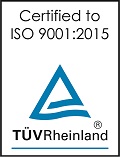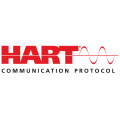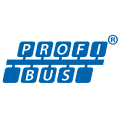CERTIFICATIONS
Kurz Active Product Lines Certifications, Approvals & Compliance
The following table lists active Kurz product lines and their associated approvals. Hover over the organization name or acronym to reference the association symbol.
| Series: | 155 | 220 | 255 | 410FTB | 454FTB | 454FTB-WGF | 490 | 504FTB | 534FTB | 730 | K-BAR 2000B | K-BAR 2000B-WGF | 2440 |
|---|---|---|---|---|---|---|---|---|---|---|---|---|---|
| Note: Contact Kurz or a Kurz representative for specific product certifications, approvals, or compliance information. | |||||||||||||
| Series: | 155 | 220 | 255 | 410FTB | 454FTB | 454FTB-WGF | 490 |
|---|---|---|---|---|---|---|---|
Note: Contact Kurz or a Kurz representative for specific product certifications, approvals, or compliance information. | |||||||
| Series: | 504FTB | 534FTB | 730 | K-BAR 2000B | K-BAR 2000B-WGF | 2440 |
|---|---|---|---|---|---|---|
Note: | ||||||





















